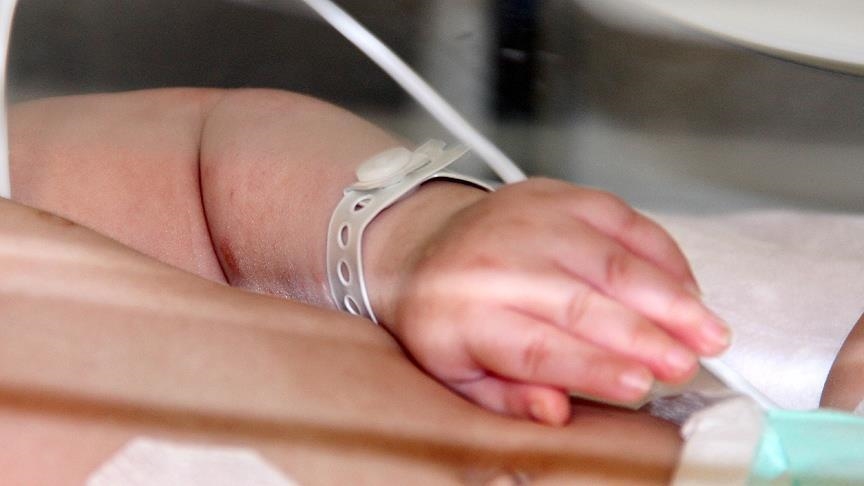Australia could face population decline amid slow fertility rate: Report
By mid-2050s, number of deaths in Australia could exceed number of births

ANKARA
Australia could face a population decline and deaths outpacing births amid a low fertility rate, which could have long-term consequences for the country's labor force and economy, a report said on Thursday.
According to the latest data analysis from KPMG, a leading financial and middle-market investment firm, while the number of births in Australia in 2024 increased from the previous year, it is still below pre-pandemic levels, local broadcaster SBS News reported.
This puts Australia into a phase of population aging, marked by increasing proportions of seniors, a declining share of working-age adults, and growing pressures on health and social systems.
Australia's current fertility rate stands at 1.51 in 2024, well below the 2.1 replacement rate needed to sustain population growth.
The country recorded 292,500 births last year, up from 285,000 the previous year. But birth rates are well below those in previous years, with more than 300,000 births recorded each year between 2013 and 2019.
The birth rates, according to the analysis, are decreasing more in metropolitan areas compared to regional areas, with the number of births in capital cities declining by 6.5% between 2019 and 2024.
Finances and the cost of living, particularly in major cities, are key factors behind this reduction.
Liz Allen, a demographer and social policy researcher, said that Australia's fertility rate has been trending toward below-replacement levels since the 1970s, and is now getting toward "critical territory."
By the mid-2050s, the number of deaths in Australia could exceed the number of births, which could lead to population decline becoming a "real prospect" Allen said.
This could mean fewer people in the labor force working and paying taxes in Australia, which could put pressure on healthcare systems and government services.
Australia is not alone to have been facing the challenges of an ageing population.
A 2024 report from the Organization for Economic Co-operation and Development (OECD) showed that the fertility rate dropped from 3.3 to 1.5 between 1960 and 2022 across all OECD countries.
South Korea was the country with the lowest fertility rate at the time, with an average of 0.7 children per woman in 2023.
*Writing by Aamir Latif
Anadolu Agency website contains only a portion of the news stories offered to subscribers in the AA News Broadcasting System (HAS), and in summarized form. Please contact us for subscription options.







